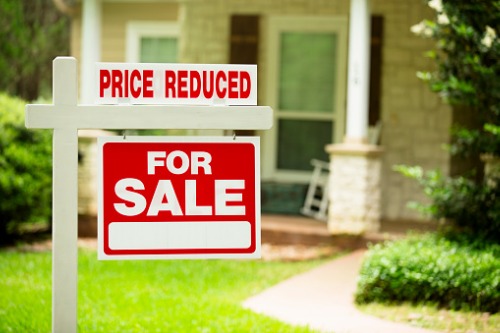

Australian auction markets are showing no sign of slowing down, despite the end of the HomeBuilder scheme and the traditional drop that comes with the Easter school holidays.
Despite the lower number of homes going up for auction, clearance rates remained above 80% in all capital cities except Melbourne, which just missed that mark and came in at 79.7%.
Sydney in particular was very strong, with 86.2% of auctions resulting in a sale, down from 90% before the holidays, though still historically extremely high.
“The autumn auction season has a two-part process,” explain Dr Andrew Wilson, Chief Economist at Archistar.” The first one is the leadup to Easter, where it gathers momentum over 6 weeks from the end of January, and usually we have a big auction day on the Saturday before the Easter break.”
“That gives us a key indicator of what’s happening in the marketplace and we’ve seen some extraordinary results from all capital cities. Record results in Sydney, where we’ve never seen 90% before. Adelaide and Canberra too. Brisbane has recorded in the 80s, which is unheard of because they have a slightly different culture there. Usually, they’d be around 50 or 60% at the best of times.”
“The last two weeks the market has been distracted because of the school holidays. Typically, we see a lower number of properties coming to the market, and a different mix of properties: particularly in Melbourne and Sydney, we have fewer higher priced properties, which reflects the demographic that is away for the school holidays. That can see lower clearance rates, and while there was a fall the Saturday before last, they’ve picked up last week. Melbourne is under 80%, but that’s still a very good result for vendors.”
“If we were going to speculate, given the results on the first weekend after Easter, that the market has reached a peak and was easing, that wouldn’t have been validated this weekend. This is a strong boom market with record demand for property, record clearance rates continuing and now that we’re back fully focussed next weekend, it’ll be interesting to see if there’s an easing.”
There had been some expectations that the market might have exhausted itself, as prices rises drove purchasers towards off-market sales rather than auctions with spiralling prices. Wilson, however, forecasted that the clearance rate would continue to remain high until prices exceeded the amount that buyers could realistically borrow.
“This market is being driven fundamentally by owner-occupiers,” he said. “That’s what’s significantly different in the makeup of the market: we still have a very low investor profile in terms of who is buying. That makes it a trade-in market. They’re just swapping houses. The difficulty is securing a property, not selling a property. The strategy is to buy first and sell later, as you’ll likely get a buyer and you’ll likely make more out of it because of the way prices are going. Buyers will continue to be in that marketplace because they have the trade-in.”
“People are bringing forward buying decisions, whether that’s trading up or down, moving interstate or into regional centres. Those decisions have been brought forward because of enthusiasm in the marketplace.”
“Auctions are always favoured where there is strong competition. They’ll continue, but because you don’t have to declare a price at auction, we’re already starting to hear chatter about underquoting from agents, and that’s going to be a challenge for governments that set the rules, because it’s very difficult to set a guideline in a market where prices are growing so strongly. You can’t. At the end of the day, that’s sideways collateral damage. The market is a runaway train at the moment. That’s where the greed factor starts to enter: there’s no sense that the final bid is the final price that could be squeezed out of the purchaser.”
“I’m not saying that it’ll push down clearance rates but it’ll have the effect of making 90% into 80%. The underlying moderating influence will be affordability, and the higher prices rise in the short term, the sooner we will find the ceiling. That’s when all that trading starts to expire because people can’t get the money from the bank to pay the prices, which is when the buying decisions start to wane. Then we’ll get to a more normalised market.”
